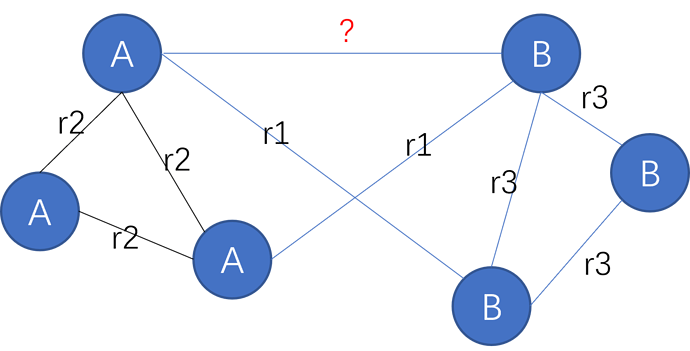Hi,
I have two questions.
- What is the difference between HeteroGraphConv and RelGraphConv? Do they perform the same?
- How does “GraphConv in HeteroGraphConv” or “RelGraphConv” handle?
if the nodes at both ends of a relationship are not homogeneous, are they regarded as homogeneous nodes? like this
self.conv1 = dglnn.HeteroGraphConv({
‘nodeA_nodeA’:dglnn.GraphConv(in_feats,hid_feats),
‘nodeB_nodeB’:dglnn.GraphConv(in_feats,hid_feats),
’nodeA_nodeB’:dglnn.GraphConv(in_feats,hid_feats)
}, aggregate=‘sum’)

